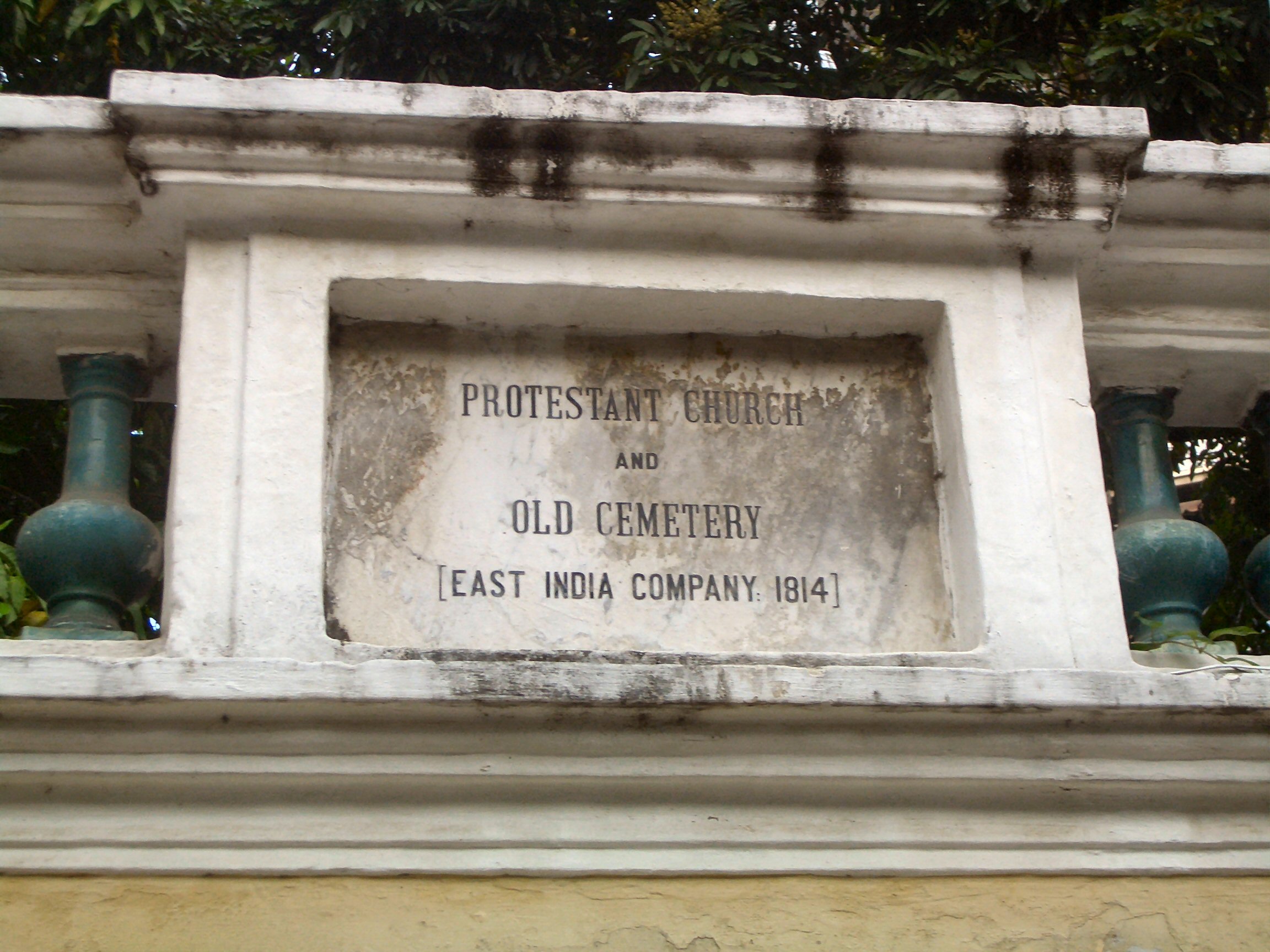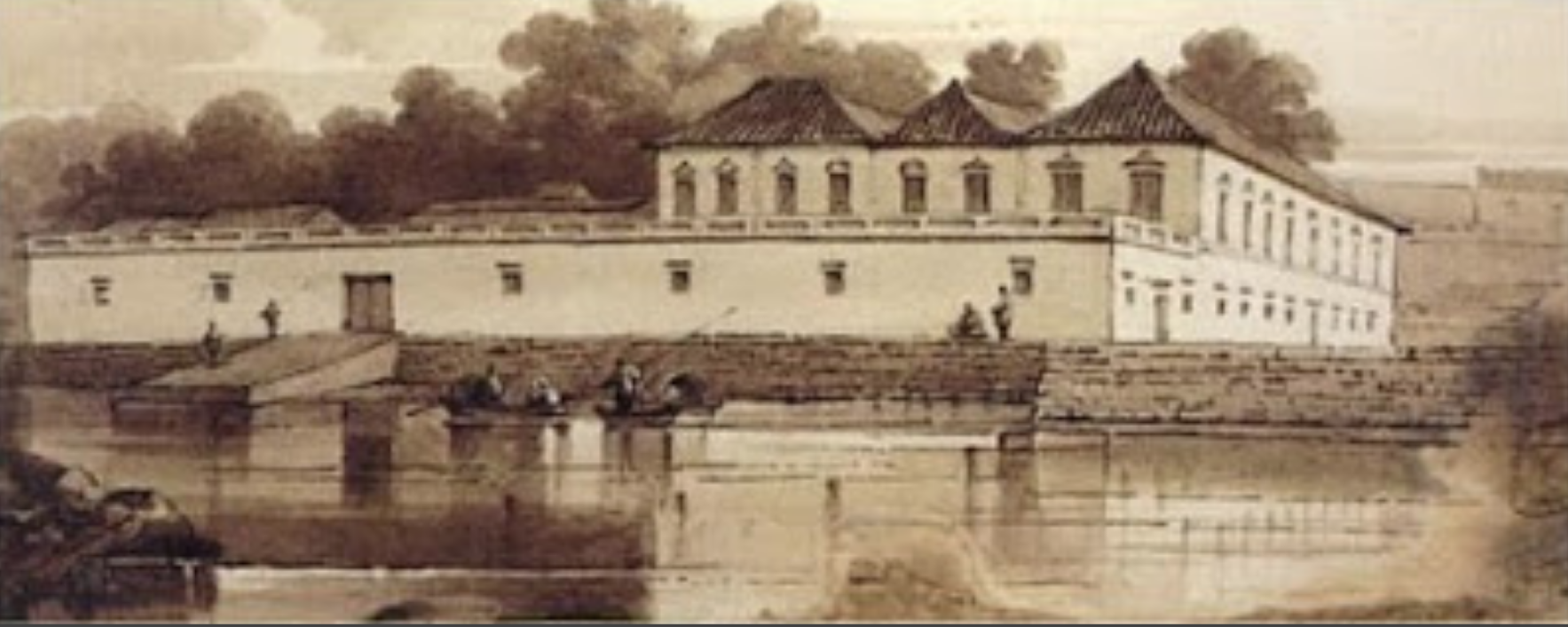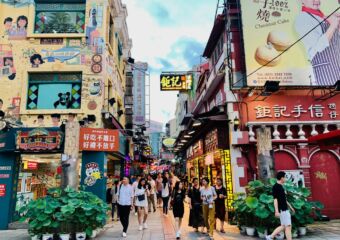Featured image: Wikimedia Commons
Some people love sculptures, others prefer museums or art installations. However, there are also those who are cemetery buffs. Yes, you read it right. Certain people love the history, stories, and architecture of cemeteries. We also find it extra interesting, especially when famous people can be found there. At the unique and ancient Protestant Cemetery of Macau, there are even Quincy Adams and Winston Churchill family members! However, one cannot talk about this place without explaining a bit about the company responsible for its establishment and the history behind it.
We also gathered some information on Protestants living in Macau–which, by the way, are way more than one could imagine. They did great developments in the areas of commercial trading, religion, language, and arts. One of them–Robert Morrison–is known for fully translating the Bible into Chinese whereas George Chinnery was one of the greatest artists of all time with regards to portraits and paintings of the city during the 19th century. They are both buried at this very cemetery.

Source: Wikipedia / Credits: Boogaloo
Honoring the Foreigners
When the Portuguese governed Macau, the region was meant to only have Roman Catholicism as a religion, which resulted in the barring, by the official authorities, of Protestant burials within the limits of the city walls. The Chinese living outside of it were also extremely intolerant towards the burial of Protestants on their grounds, so the Anglo-Saxon community had to find their own way of honoring the dead. The Old Protestant Cemetery started as a secret where people would head to an “in-between” area during the night and carry out secret and illegal burials.
It wasn’t until 1821–when Robert Morrison’s wife died–that the East India Company decided to build an official cemetery on one of their own lands. Morrison’s spouse was the first person to ever be buried there. All foreigners (non-Portuguese or Chinese) were allowed to rest there, and the Company also moved some of the previously created graves there. What we now know as Casa Garden used to be the Company’s headquarters. That is why the cemetery is almost attached to it. It spans 2,800 square meters, has a total of 162 tombs and it’s designed almost as if it was a minimalist garden, with fresh green grass and simple tombstones.
The First in China
However, this spot’s history is short, having closed a few years after, in 1858. In 2005, the cemetery became part of the UNESCO World Heritage Site Historic Center of Macau. In the application submitted to UNESCO, The State Administration of Cultural Heritage of the People’s Republic of China stated that the Protestant cemetery was, along with several other structures in the territory, a “first” in China.
“Among the group of buildings forming this proposal are several pioneering examples that are associated with significant influential changes in China, with the succession of architectural monuments including several “firsts” in China: the first baroque and mannerist constructions; the first Western-style university (St. Paul’s College); the first Western legislative administrative structure; the first modern lighthouse; the first Protestant cemetery; the first Western fortresses; the oldest and most enduring seminary (St. Joseph’s Seminary). As a group of buildings, Macao also presents the oldest European architectural examples in China and the oldest European urban settlement structure in China”, as mentioned in the document.

Li Shigong and Chen Laoyi translating the Bible as Robert Morrison looks on / engraving by George Chinnery / circa 1828
US Presidents and the Royal Family
The Old Protestant Cemetery was founded in 1821 by the British East India Company and, at that time, it wasn’t a logical thing to do in Macau, since almost everyone arriving here was Catholic.
However, a great portion of the missionaries arriving and living in Asia (especially Hong Kong, Macau, and China) was of British descent, therefore Protestant. That’s the reason why so many missionaries are buried in this cemetery, including Robert Morrison. Born in 1782, the Anglo-Scottish Presbyterian preacher was a sinologist specializing in lexicography and translation, having translated the Bible into Chinese which took almost 30 years of hard work. He was also responsible for baptizing ten Chinese believers.
Most foreigners were previously living in China, but only for a short period of time. They then had to find some other place and Macau was it. They sometimes traveled to Hong Kong as well, but for people looking to establish some roots, learn Chinese, and so on, Macau was a great spot. Neither teaching nor learning Chinese for foreigners was allowed in China at that time.

Depiction of Dr Colledge’s Eye Hospital / by George Chinnery
Advances in Health & News
Macau’s illustrious history is commonly associated with the Portuguese, and Hong Kong, to the British. Although less easy to find, there are some really great and interesting stories about the presence of Anglo-Saxons in Macau. Besides artists and renowned translators, this Protestant community also had its quota of doctors who not only helped people but even opened their own clinics in town. The image above is a painting of Chinnery depicting Dr. Thomas Colledge’s Eye Hospital. Also in 1820, Dr. John Livingstone opened a clinic for the Chinese free of charge, as well as Colledge’s (100% financed with his own money).
Morrison was a pioneer of many fields–he also founded one of the first English language newspapers in town, partnering with Elijah Bridgman, an American missionary. The Chinese Repository was born in 1832 and commented on political and commercial affairs, as well as Chinese customs and history. The first English–Chinese dictionary was also created by him.
This historic site is open to the public from 8:30am to 7:30pm. The entrance is free and people can explore, look for interesting facts and who is buried there. This cemetery holds a great and important part of the city’s history and visiting it is really worth it. For more information, check here.
Also read : Off the Beaten Path: Hidden Corners of History in Macau
Protestant Cemetery 17–29 Praça de Luis de Camões, Macau, en.macaotourism.gov.mo




































